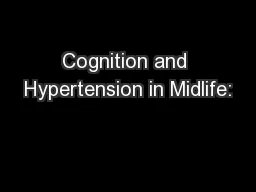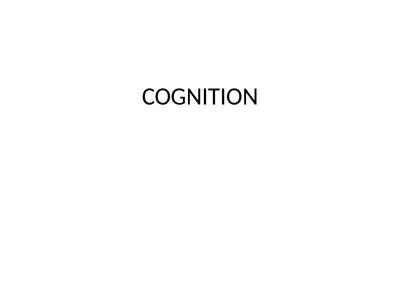PPT-Identifying and Tracking Changes in Cognition Related to NP
Author : natalia-silvester | Published Date : 2017-01-11
Sheldon Herring PhD Clinical Director Outpatient Brain Injury and Young Stroke Program Identifying and Tracking Changes in Cognition Related to NPH OUTLINE Background
Presentation Embed Code
Download Presentation
Download Presentation The PPT/PDF document "Identifying and Tracking Changes in Cogn..." is the property of its rightful owner. Permission is granted to download and print the materials on this website for personal, non-commercial use only, and to display it on your personal computer provided you do not modify the materials and that you retain all copyright notices contained in the materials. By downloading content from our website, you accept the terms of this agreement.
Identifying and Tracking Changes in Cognition Related to NP: Transcript
Download Rules Of Document
"Identifying and Tracking Changes in Cognition Related to NP"The content belongs to its owner. You may download and print it for personal use, without modification, and keep all copyright notices. By downloading, you agree to these terms.
Related Documents





